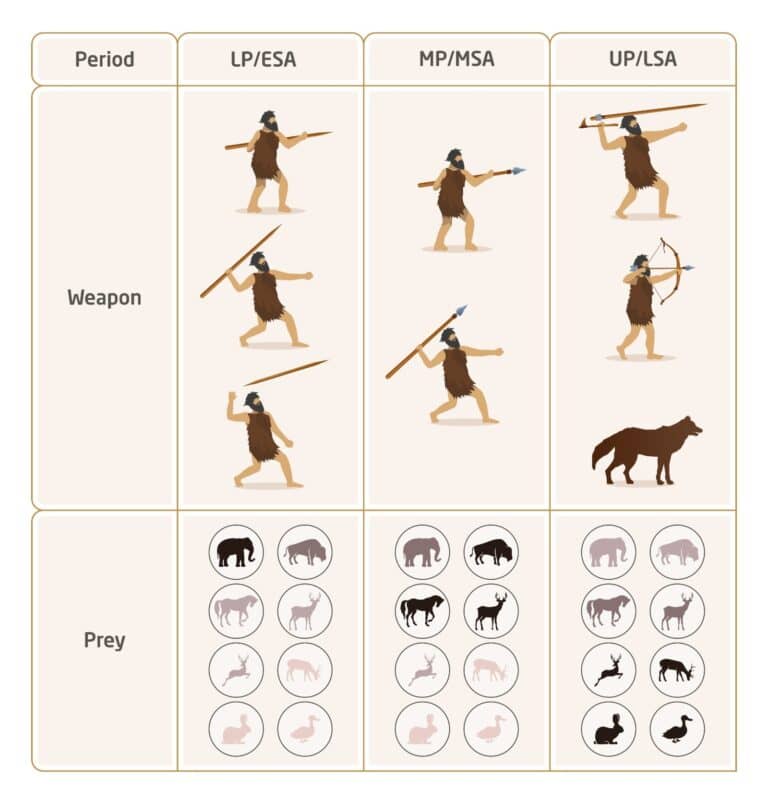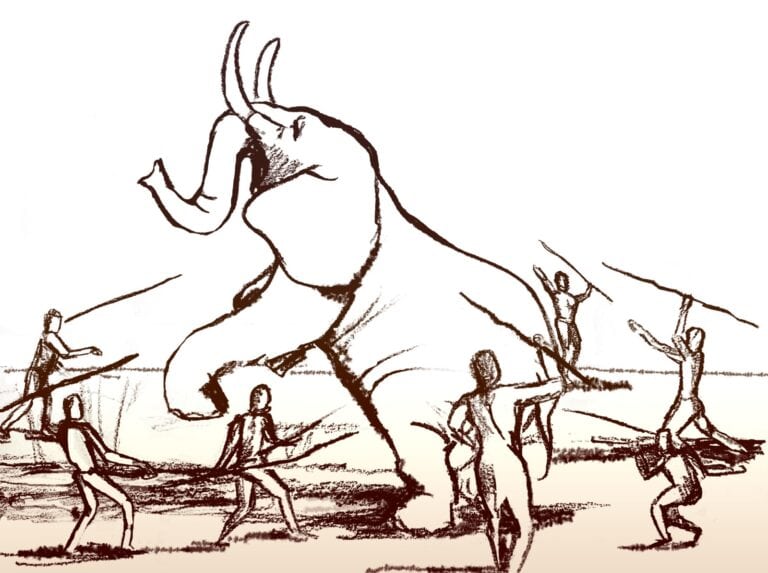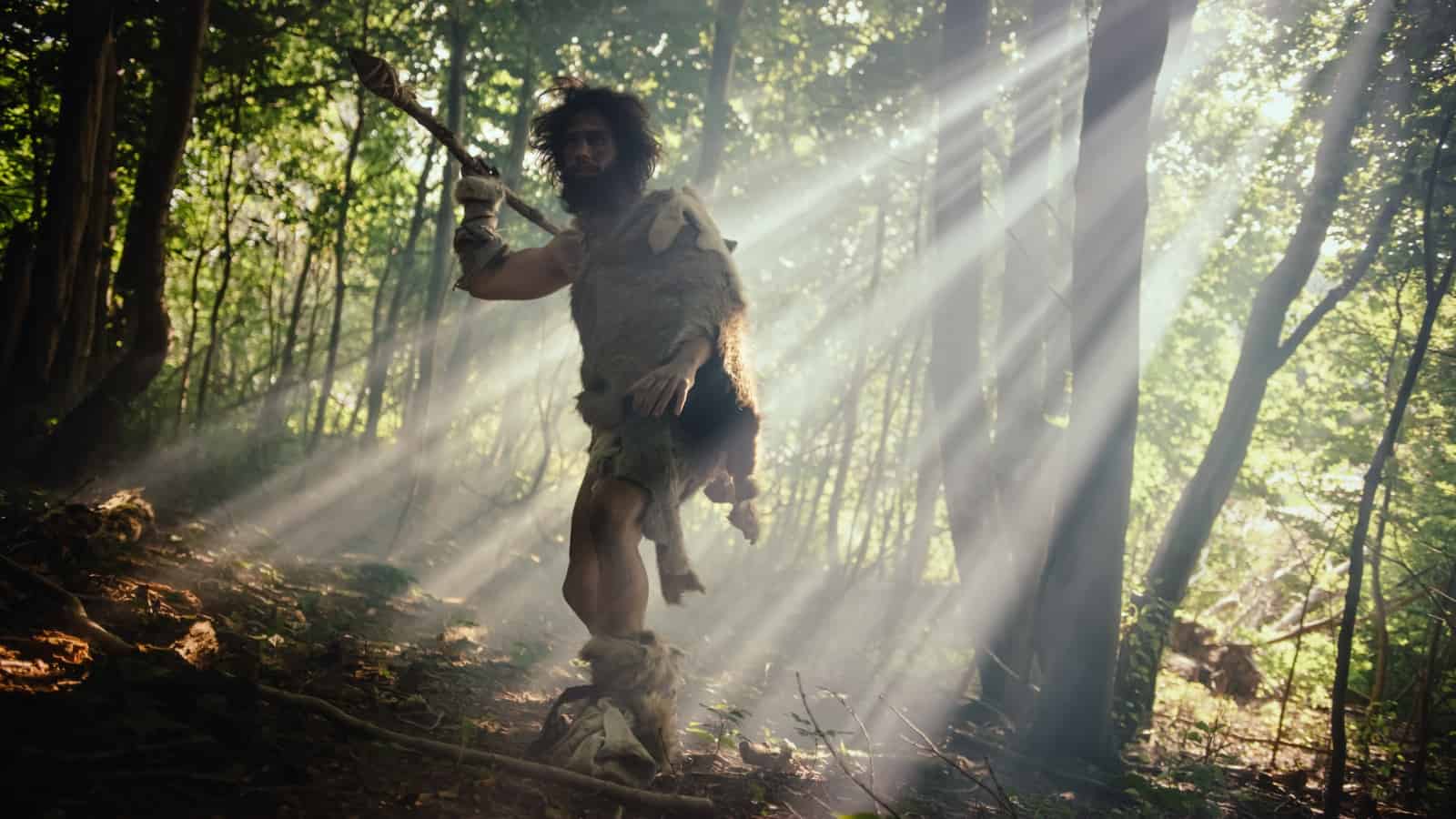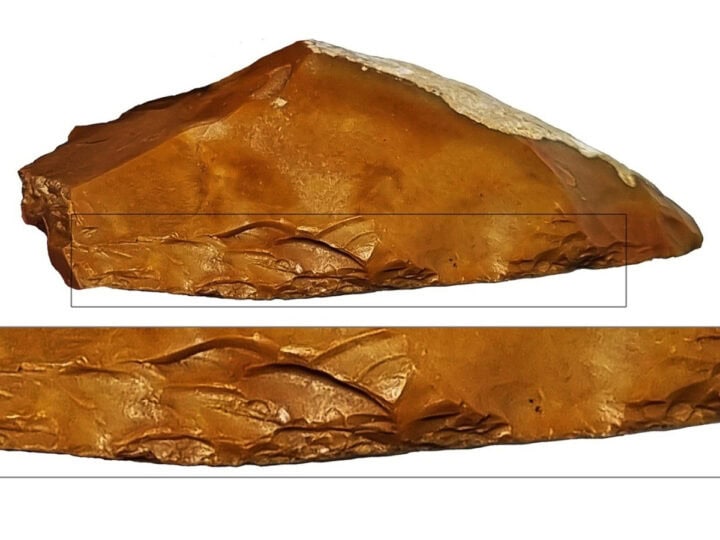A recent study found that extinction of large prey thousands of years ago was likely behind significant evolutionary changes in prehistoric humans.
The study, conducted by Tel Aviv University’s Department of Archeology, followed up on 2021 research that sought to prove the hypothesis that cognitive, physiological and cultural evolution of prehistoric humans was a result of adaptation to the need to hunt progressively smaller and quicker prey.
The new research reviews the evolution of prehistoric humans’ hunting weapons — from wooden and stone-tipped spears to the sophisticated bow and arrow — correlating it with changes in prey size and human culture and physiology.
The study, led by Miki Ben-Dor and Prof. Ran Barkai, was published in the Quaternary scientific journal.

TAU research from 2022 indicates that the average weight of animals hunted by humans a million years ago was around three tons. The average weight of animals hunted 20,000 years ago was around 50 kilograms (110 pounds). This data coincides with the current study’s hypothesis that at the end of the Upper Paleolithic Period — about 25,000 years ago — humans developed sophisticated hunting tools, such as dogs, traps and fishing hooks.

Until now, the prevailing academic assumption was that advancements in development of hunting weapons among prehistoric humans was due to unexplained cognitive improvement.

Ben-Dor said the study analyzed findings from prehistoric sites in South Africa, East Africa, Spain and France, inhabited by humans about 300,000 years ago.
“Studies of contemporary hunter-gatherers indicate that a wooden spear is quite sufficient for hunting large prey like an elephant. On the other hand, a middle-sized animal like a deer is much more difficult to trap, and if hit by a wooden spear it will probably run away.
“A more substantial wound induced by a stone-tipped spear is likely to slow it down and reduce the distance it can run before collapsing. This insight further elucidates our findings from hundreds of thousands of years ago, when stone-tipped spears were developed in response to the increasing scarcity of large prey.”

Barkai added: “At the beginning the largest animals were hunted, and when these were gone humans went on to the next in size, and so on. Finally, when hunting was no longer energetically viable, humans began to domesticate animals and plants. That’s how the agricultural revolution began.”

















